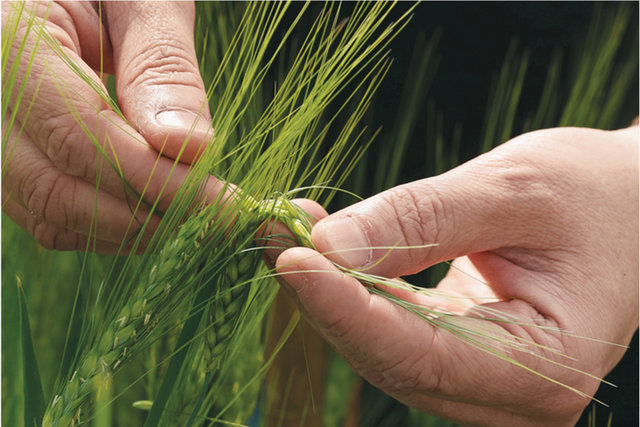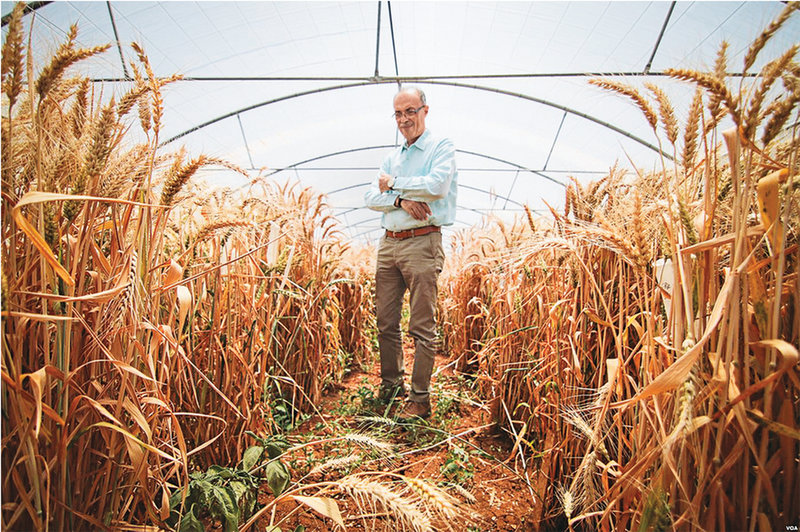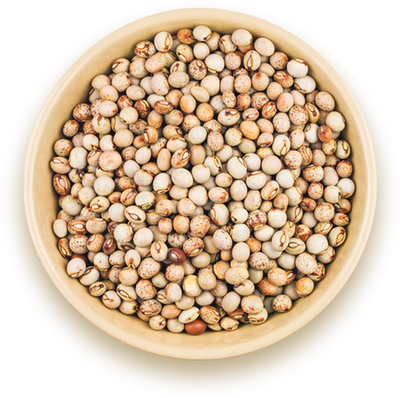MakingaWithdrawal
Likeabank,onlythosewhodepositseedsareabletotakeseedsout.Whencertainseedsareattheendoftheirlife,adepositorcantakethemout.Thedepositorcangrowthemandcreatefreshseeds.Thentheycansendnewseedstothe vault.
Hasanyoneeverneededtheseedsthey’vestored?Yes.JustaskSyria.In2011,thecountrywasonthebrinkofcivilwar.So,theInternationalCenterforAgriculturalResearchintheDryAreas(ICARDA)sent100,000typesofseedsto Svalbard.
In2015,theyaskedSvalbardtoreturntheirseeds.Theseedswereplantedtogetfreshones.Someweresentbackto Svalbard.

wheat
DomesticCrops
TheSvalbardseedbankcanhelpwithfutureproblems,too.AgermthathurtswheatwasfoundinUgandain1999.Thegermiscarriedbythewind.Itwillspreadtoothercountries.First,India.Then,Australia.Intime,itwillreachtheUnitedStates.Weneedtohavewheatthatcanresistthisgerm—bythetimeitarrives.That’syetanotherreasonwhyweneedseed banks!
Ascientistlooksatacropgrownfromseedbank seeds

FromtheSvalbardVault
Bambara groundnuts
ThisplantisgrownbyfarmersinAfrica.Thenutsareusuallydriedandgroundintoflour.Theflourisusedtomakedumplings,cakes,and biscuits.


Pigeon peas
Pigeonpeashaveverydeeptaproots.Therootbreaksthroughhardsoil.Thischurnsupthesoilandmakesitbetter.Pigeonpeasareusedtomakedal,adishin India.
Black‑eyed peas
Black‑eyedpeasaregrowninAfrica.Theycanhandlehotanddryconditions.Theyalsohelpthesoil.Theymakefieldsfertileagainforother crops.
